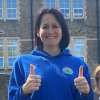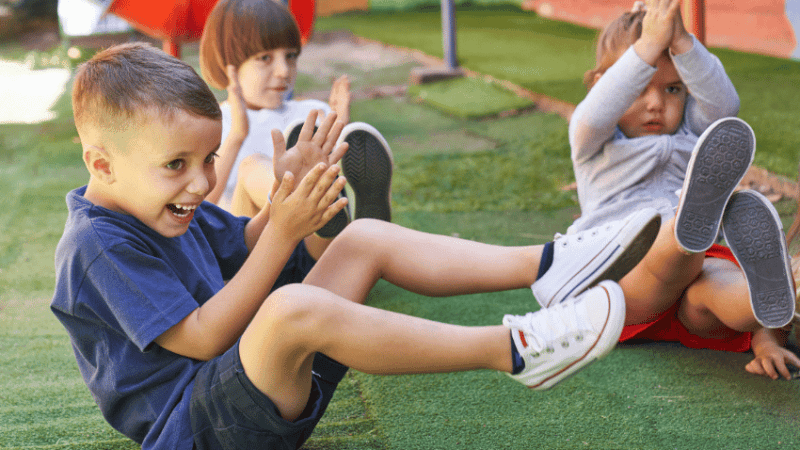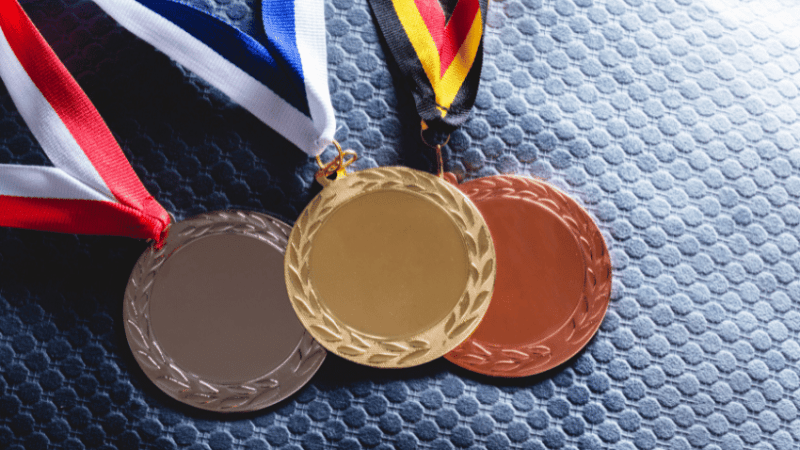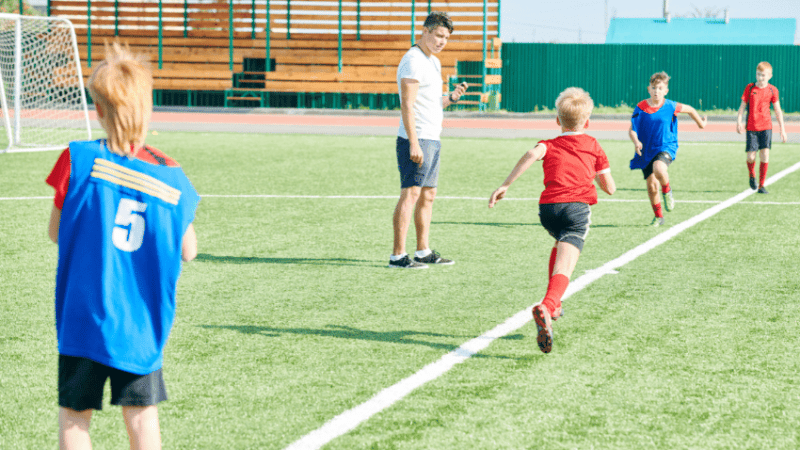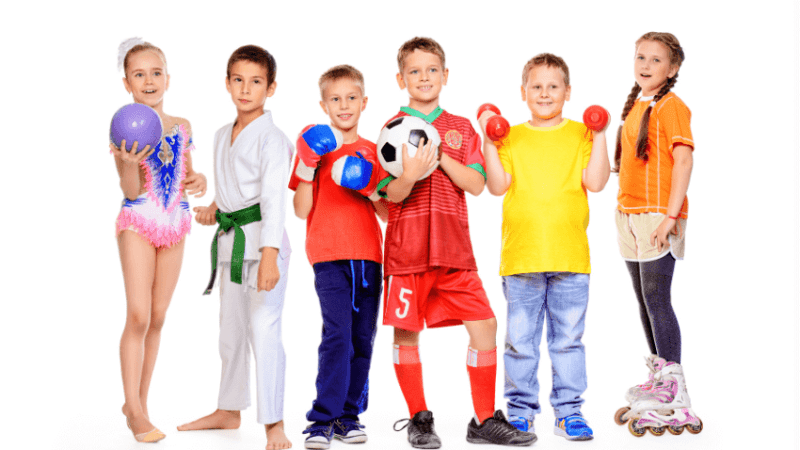PE curriculum – Transforming fitness in school

How one teacher went from being a reluctant participant in sport to winning a national award for leading PE, and transformed the curriculum along the way
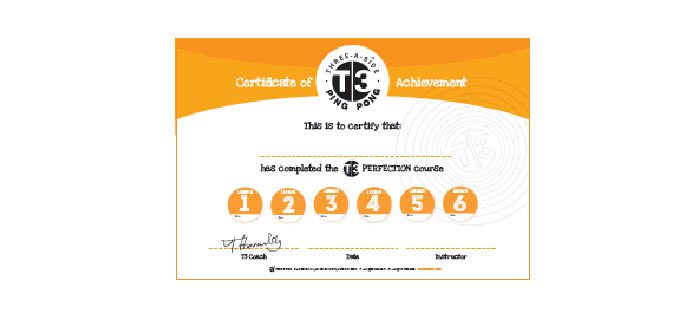
When I was first offered the role of PE curriculum lead, I asked myself, why? I have never been ‘sporty’, and certainly did not feel confident in leading the subject.
However, not wanting to let the school down, I realised the way into any subject is finding personal passion.
For me, that is PE’s ability to drive wellbeing for body and mind. So, I set about using this as the basis for reforming our curriculum in a holistic way.
Here’s what I learned…
Boosting confidence in teaching PE
Before the new approach, PE felt like a separate entity from the rest of the curriculum. Staff surveys showed our teachers lacked confidence in delivering it.
So, one of the first things I did was to instigate a programme of bespoke CPD for all staff.
This was wide-ranging, but included mentoring coaches using the Sport Premium funding.
We ran sessions on how to plan and develop a pedagogy for PE, as well as developmental drop ins on PE lessons with supportive and constructive feedback.
A key message throughout was the focus on giving students skills that would help them in the rest of their schooling, including resilience, confidence, and leadership.
All our teachers are now much more confident in delivering PE.
I would also suggest getting your SLT on board early, and using external tools to help evaluate your journey.
Having engaged the leadership team in the whole-school approach from day one, I used the Youth Sports Trust’s online Quality Mark audit tool to show impact, demonstrating commitment to best practice.
Healthy body, healthy mind
Our ‘healthy minds, healthy bodies’ approach brings together many aspects of PE, PSHE, and wider personal development, connecting them to all subjects.
As part of a new PE curriculum, we introduced core strands of learning that flow through each year group.
Each term the PE curriculum focuses on building the skills around six concepts. These include personal, social, creative, cognitive, health and fitness, and applying physical education. We used a paid service – Real PE – for this, but you can always decide on your own pillars.
For example, we can include personal skills linked to being a strong athlete, such as practice and feedback, to other subject areas.
Trending
Whatever skills we apply in sport, teachers can affirm and apply in other curricular areas and make links; we have posters in all classrooms exploring the six concepts so teachers can easily reference connections.
This enables children to see the ‘why’ behind PE; in turn helping them to engage in their lessons, as well as extracurricular sports.
It also provides teachers with the confidence to integrate movement into non-PE lessons.
Active uniforms
Inspired by discussions at the Youth Sport Trust Annual Conference, I championed an active school uniform policy.
This means our children are now ready for physical activity at any time, in any lesson (we often explore maths outside, for example, using hula hoops to understand fractions).
No one forgets their PE kit when they are wearing it all the time! We don’t waste time getting changed, either; PE is now a full lesson, not 20 minutes of changing time plus whatever is left.
We have used some of our Pupil Premium to provide elements of the active uniform for disadvantaged learners.
As a result, have seen participation by disadvantaged pupils in lunchtime sports clubs increase by 100 per cent and in after school sports clubs by 80 per cent.
These may seem like small changes, but there is now a buzz around PE, sport and physical activity; one that has been noticed by the Trust, by parents and also by Ofsted. We received an outstanding judgement for personal development in 2022.
Crucially, our pupils now go to secondary school ready for the next stage as healthy and active citizens.
My advice to others leading primary PE is to find their point of passion and be open to constant learning – no matter what your starting point.
Impact is everything. After seeing how PE is shaping our whole school community, I’m now delighted I’ve had the opportunity to lead this wonderful subject.
Sally Goodridge is PE curriculum lead at Summerhill Academy. She recently won Primary Curriculum Leader of the Year at this years’ Tes Schools Awards.




